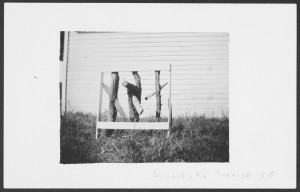Waving Wheat Watch
June 6th, 2018“In wheat Kansas can beat the world” – Topeka Daily Capital, October 12, 1888.
Venture outside the Kansas cities and you will find one of the state’s greatest assets: its farmland. During this time of year, many of the rolling fields are starting to turn gold as farmers prepare for Kansas’ upcoming wheat harvest. Kansas is the nation’s leader in the production of winter wheat – wheat planted in the fall and harvested during the late spring and summer – with eight to twelve million acres of winter wheat planted in the state every year.
As we look forward to the upcoming harvest season, let’s take a look at some photos of wheat harvest in Kansas from the early to mid twentieth century.
Harvesting wheat in Kansas, 1910s.
Photograph by L. M. Ulmer, Abbyville, Kansas. Call Number: RH PH P2605.
Click image to enlarge (redirect to Spencer’s digital collections).
Harvesting wheat near Jetmore, Kansas, 1919.
Call Number: RH PH P1488.2. Click image to enlarge.
Harvesting wheat in Thomas County, Kansas, circa 1922.
Photograph by George Gould, Colby, Kansas. Call Number: RH PH P1130.1.
Click image to enlarge (redirect to Spencer’s digital collections).
Two combines in a wheat field, St. John, Kansas, between 1945 and 1949.
Photograph by William Gray. Call Number: RH PH P1101.
Click image to enlarge (redirect to Spencer’s digital collections).
Even as the times and technology change, one thing remains constant: Kansas continues to lead the way when it comes to wheat production!
Emily Beran
Public Services

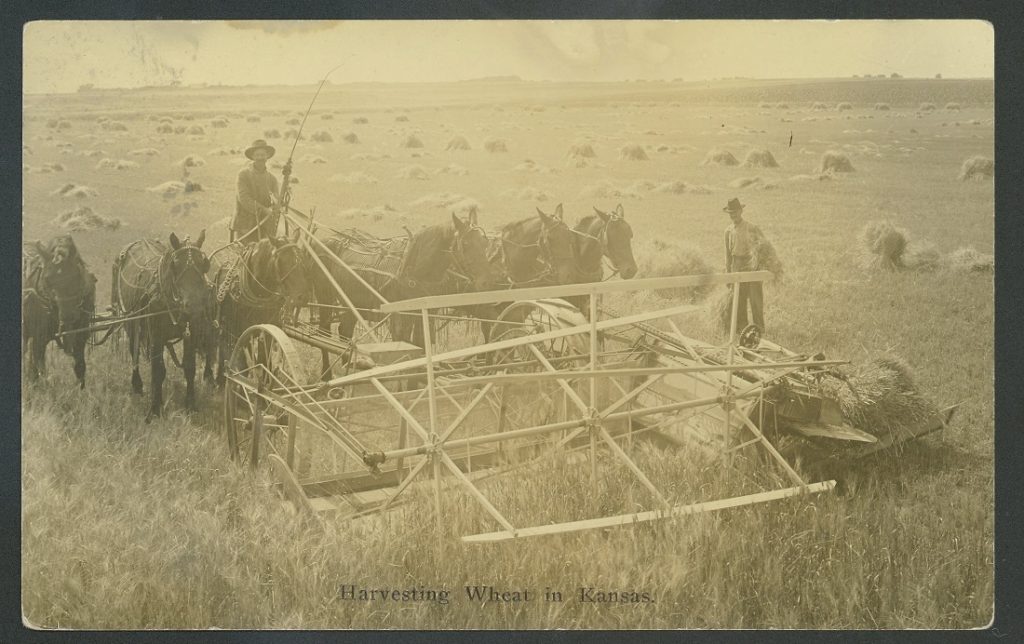
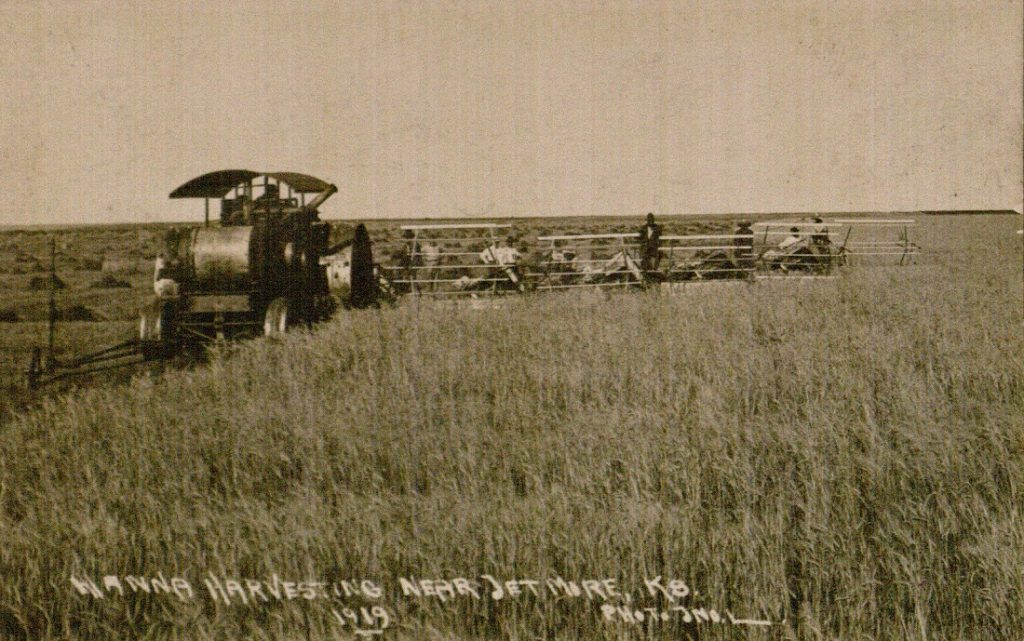
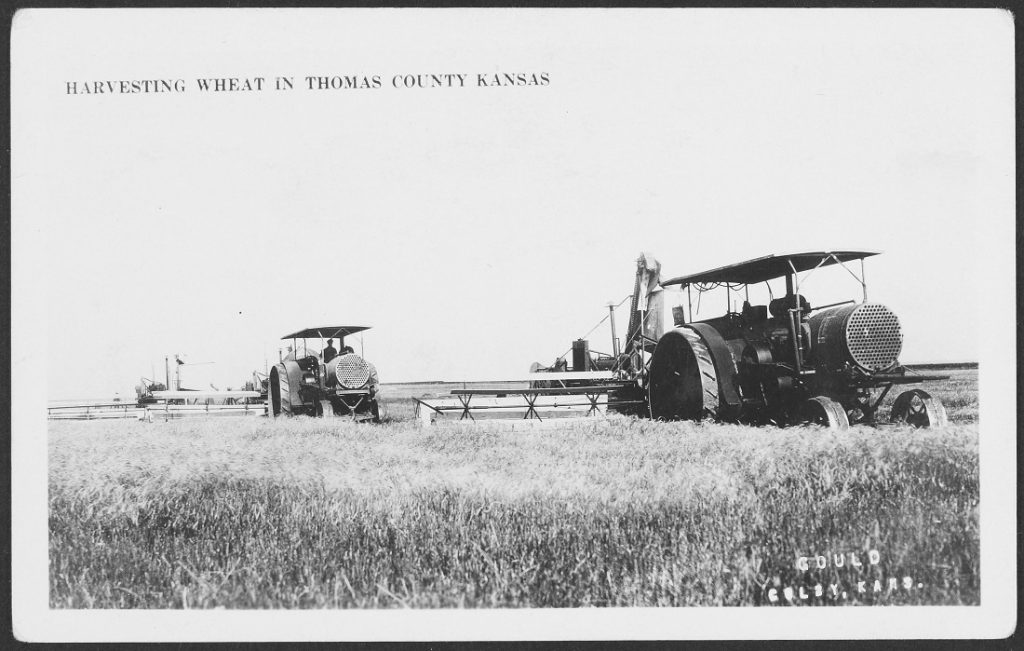
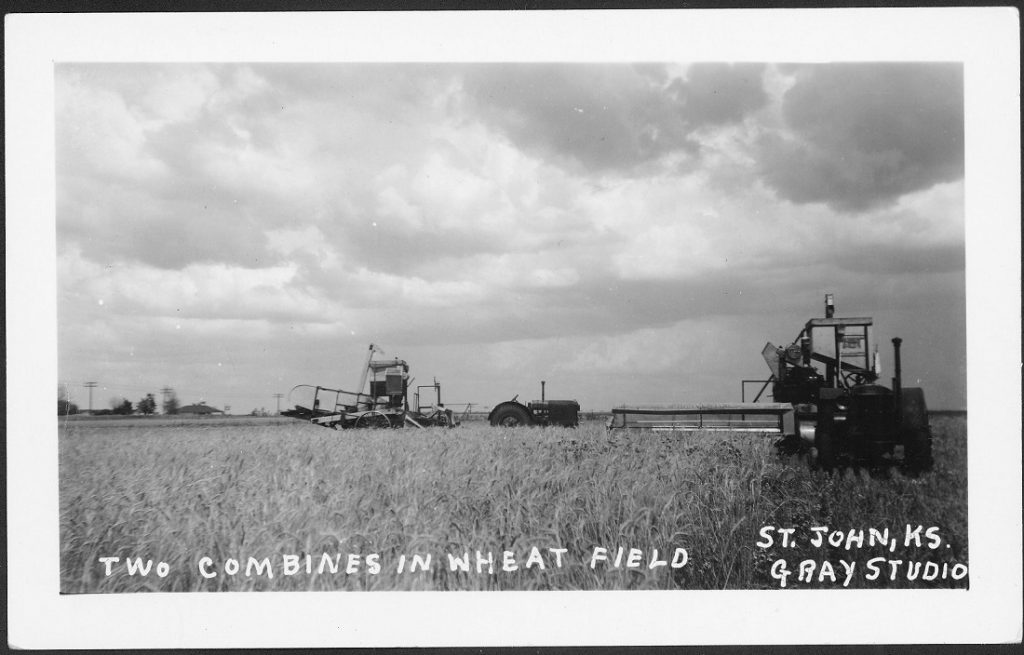
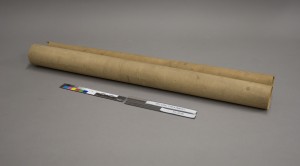
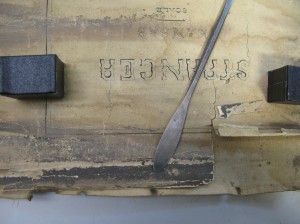
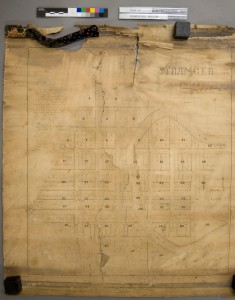


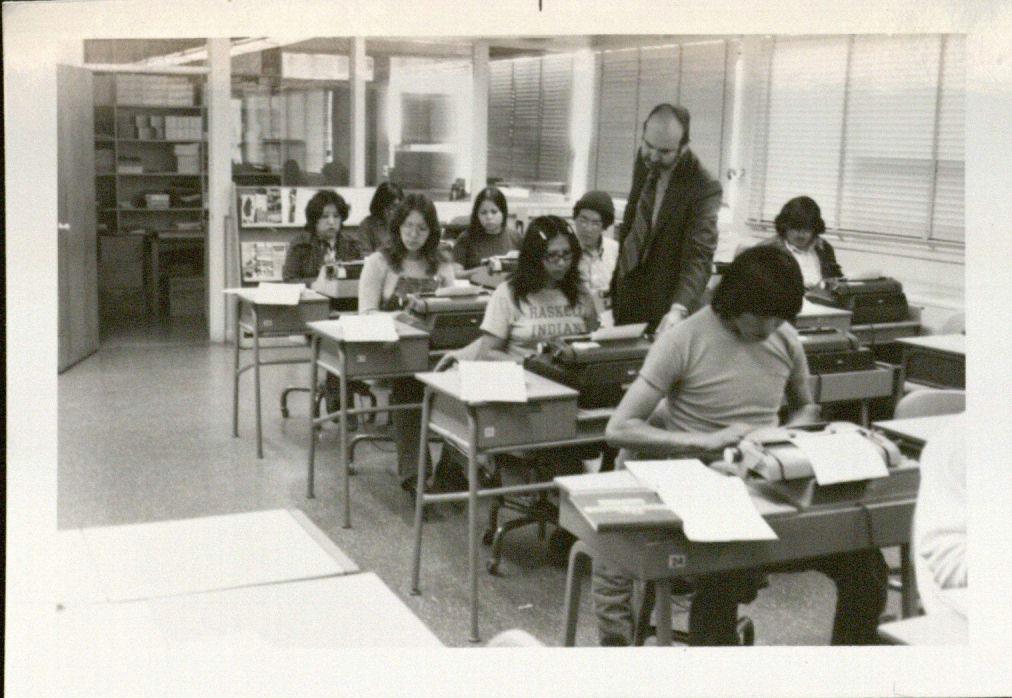
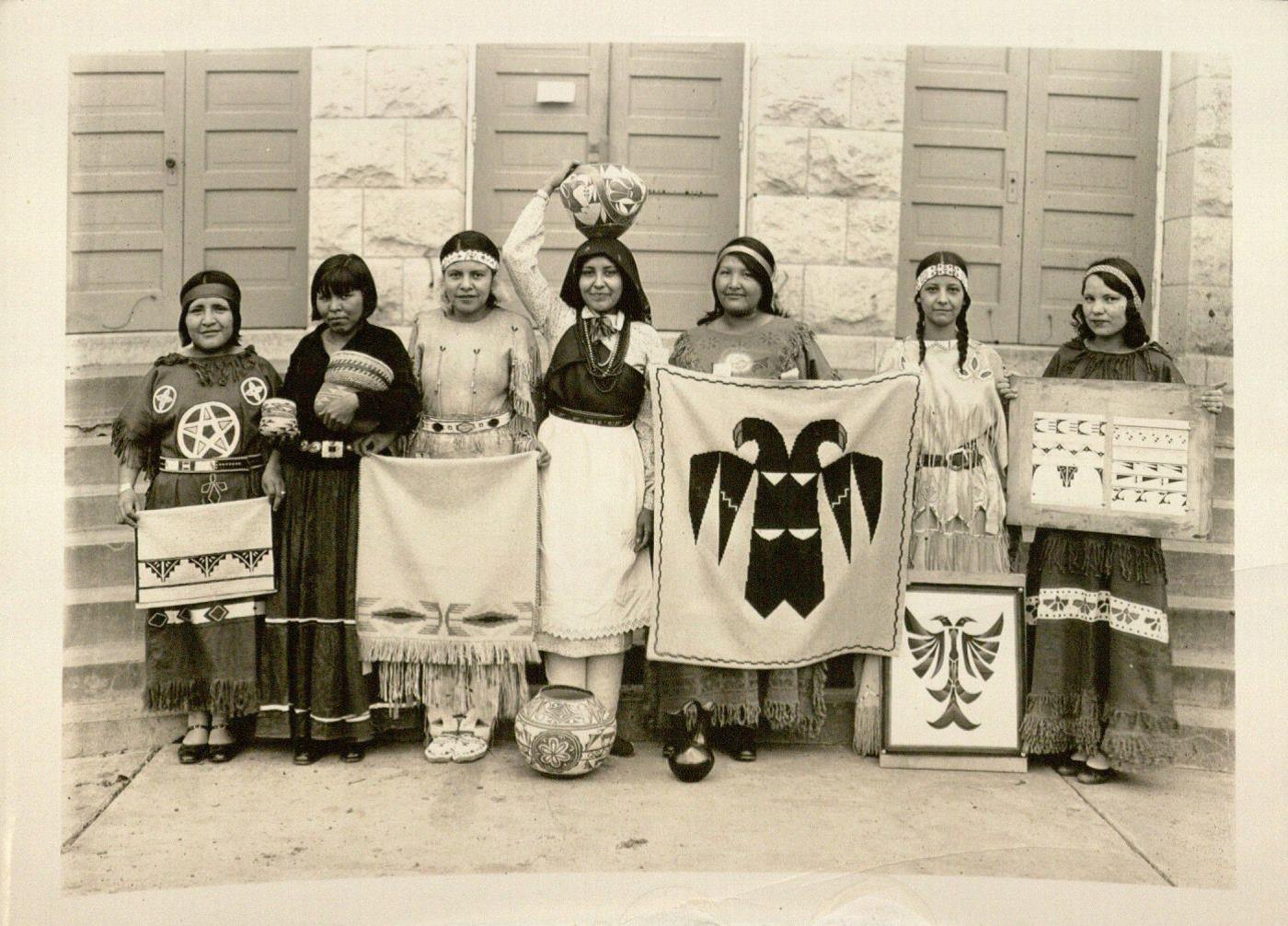

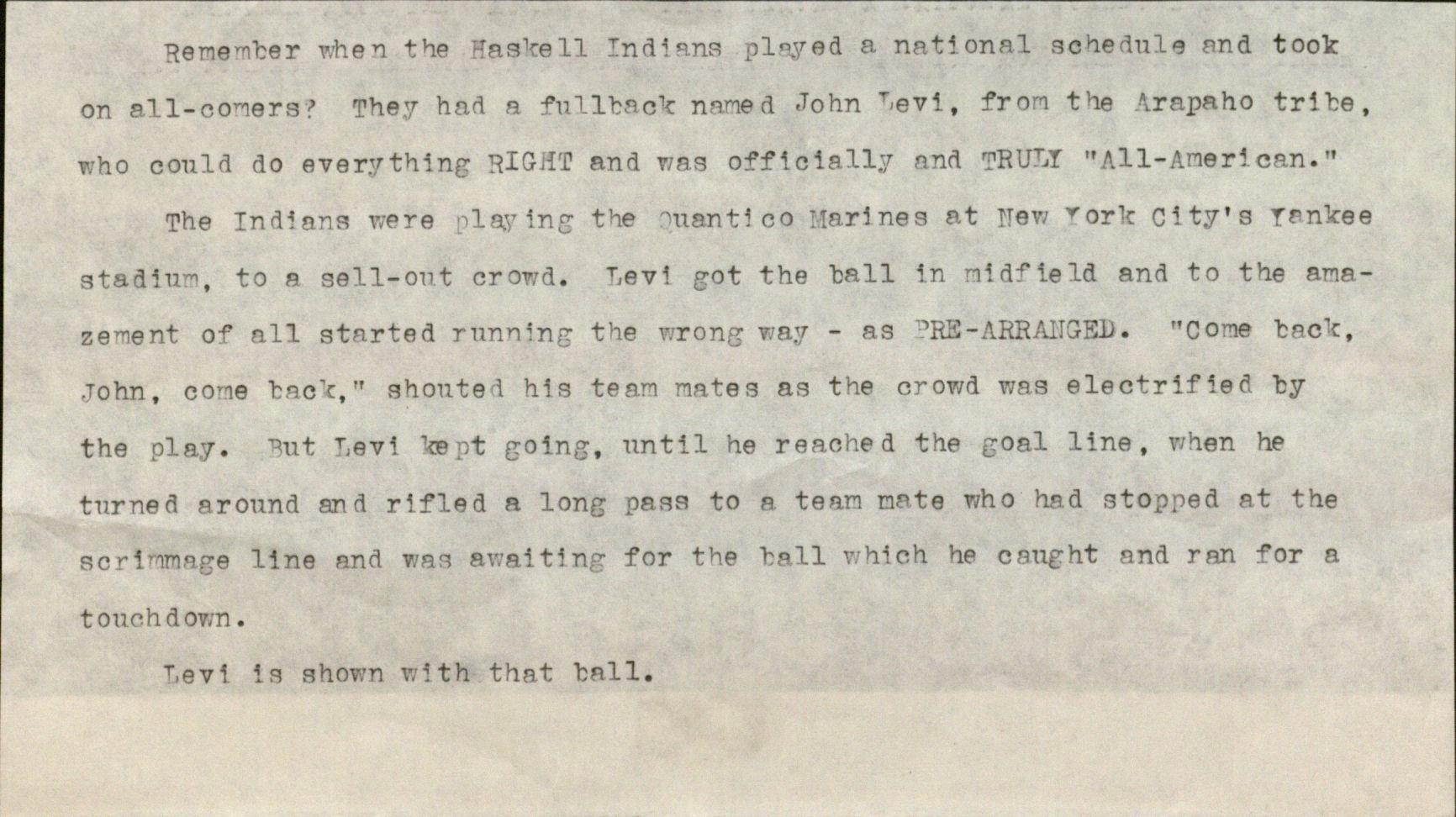
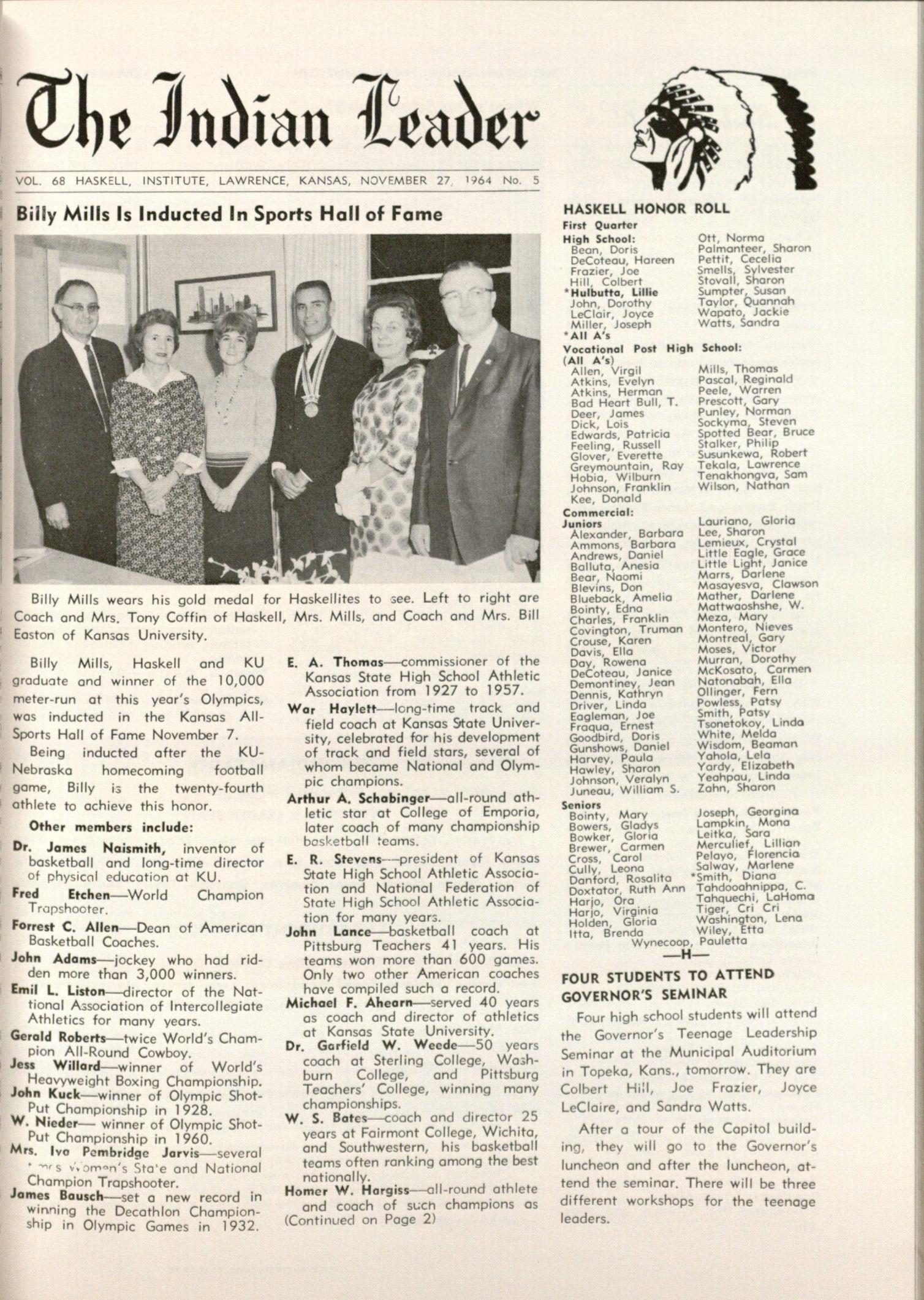
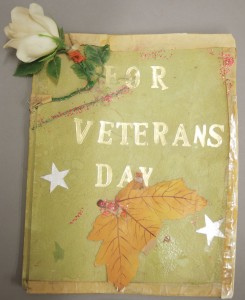
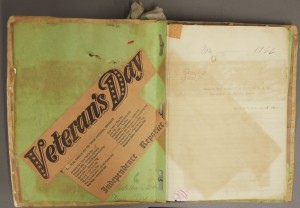
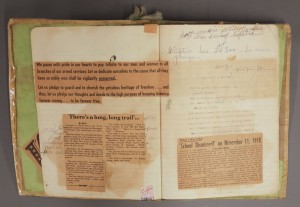
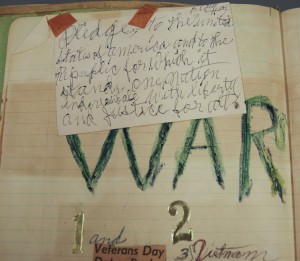

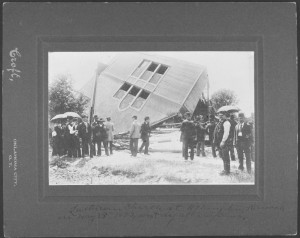
![Mullinvile [sic] Kansas (Kiowa County) on June 11, 1915 after tornado hit](http://blogs.lib.ku.edu/spencer/wp-content/uploads/2015/04/ksrl_kc_rhphp1625_1-300x232.jpg)
